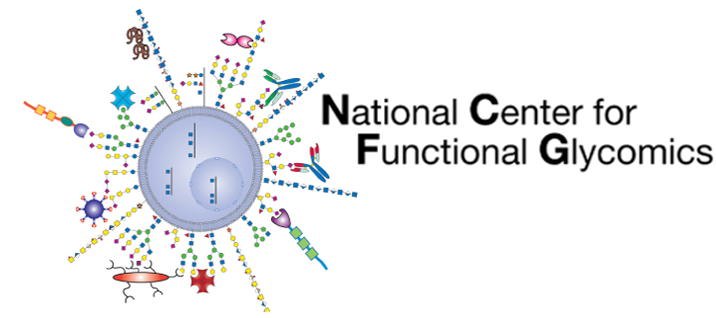Abstract
Although immune tolerance evolved to reduce reactivity with self, it creates a gap in the adaptive immune response against microbes that decorate themselves in self-like antigens. This is particularly apparent with carbohydrate-based blood group antigens, wherein microbes can envelope themselves in blood group structures similar to human cells. In this study, we demonstrate that the innate immune lectin, galectin-4 (Gal-4), exhibits strain-specific binding and killing behavior towards microbes that display blood group-like antigens. Examination of binding preferences using a combination of microarrays populated with ABO(H) glycans and a variety of microbial strains, including those that express blood group-like antigens, demonstrated that Gal-4 binds mammalian and microbial antigens that have features of blood group and mammalian-like structures. Although Gal-4 was thought to exist as a monomer that achieves functional bivalency through its two linked carbohydrate recognition domains (CRDs), our data demonstrate that Gal-4 forms dimers and that differences in the intrinsic ability of each domain to dimerize likely influences binding affinity. While each Gal-4 domain exhibited blood group binding activity, the C-terminal domain (Gal-4C) exhibited dimeric properties, while the N-terminal domain (Gal-4N) failed to similarly display dimeric activity. Gal-4C not only exhibited the ability to dimerize, but also possessed higher affinity toward ABO(H) blood group antigens and microbes expressing glycans with blood group-like features. Furthermore, when compared to Gal-4N, Gal-4C exhibited more potent antimicrobial activity. Even in the context of the full-length protein, where Gal-4N is functionally bivalent by virtue of Gal-4C dimerization, Gal-4C continued to display higher antimicrobial activity. These results demonstrate that Gal-4 exists as a dimer and exhibits its antimicrobial activity primarily through its C-terminal domain. In doing so, these data provide important insight into key features of Gal-4 responsible for its innate immune activity against molecular mimicry.
